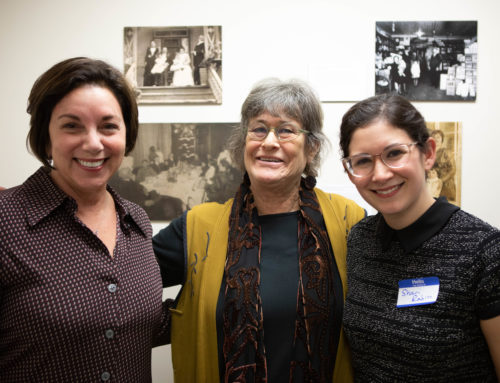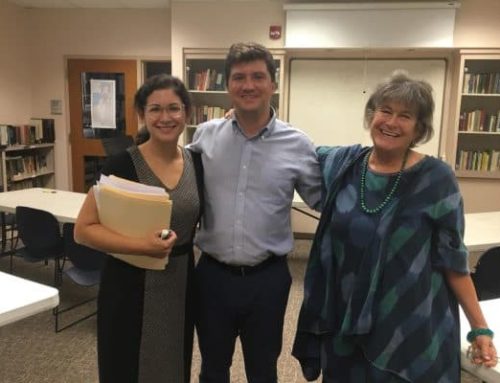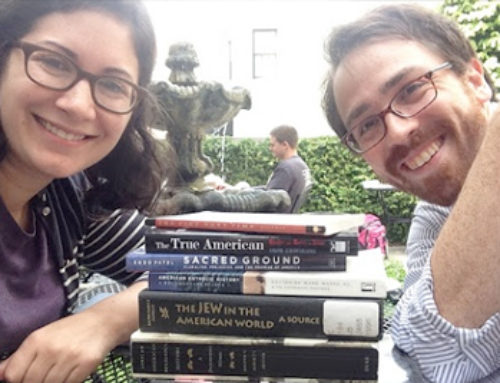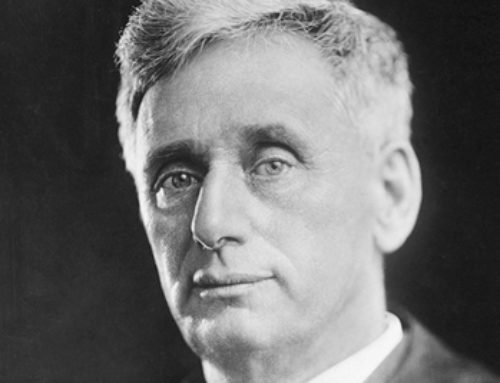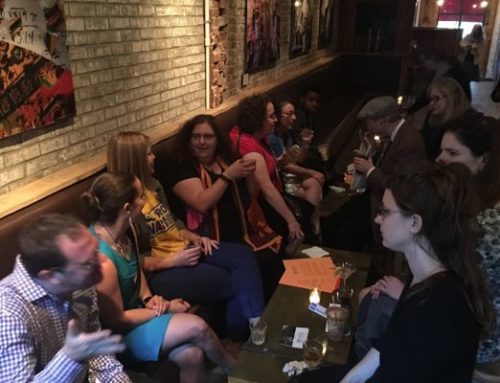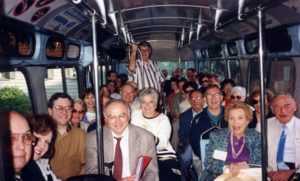 by Adam Mendelsohn
by Adam Mendelsohn
Jewish Historical Society of South Carolina Newsletter, Spring 2014
A s a historian I don’t have to predict the future, just the past – an easier task, though scholars don’t always get that right either. Whatever my limitations as a seer, I know enough to tell that the grim tidings in the Jewish and the general press about Jewish life in the South are misplaced.
Every six months or so, a journalist stumbles across a synagogue in a small town in the Mississippi Delta that is either shuttered or on its last legs. Returning to New York, Chicago, or Los Angeles, the reporter pitches a story about the decline of Jewish communities in the South to the editors. The resulting copy is almost always maudlin, lamenting the imminent demise of southern Jewish life. Last year the Forward eulogized southern Jews as a “dying breed.” BBC News predicted “The end of a Deep South way of life.” Judging by these headlines, you’d think that newspaper editors are delighted to have finally found something more endangered than the newspapers themselves. If we are to believe the morbid theme that runs through these articles, southern Jews are not in need of historians but morticians. A declension narrative has taken root— newspaper readers now expect to find Jewish life in the South breathing its last.
Particularly striking about this coverage is not how interested newspaper editors assume their readers will be about southern Jews, but how wrong, or at least misconceived, this narrative of doom and gloom is. Reports of the death of southern Jewry, to paraphrase Mark Twain, are greatly exaggerated. Yes, Jewish communities in the rural South are in demographic decline, as is the rural South itself. The region’s economy is no longer rooted in the soil, and its people have flocked from the countryside and small towns to the cities. In 1940 only 36 percent of the South’s population lived in urban areas; today more than double that percentage do.
The center of gravity of the Jewish South may have shifted away from its historic pattern, but far from dying, southern Jewish life is experiencing a period of extraordinary growth and exuberance. More Jews live in the South today than at any previous point in American history, many of them in Atlanta, Charlotte, Dallas, and other cities in the Sunbelt. And more organizations and groups than ever before are working to sustain Jewish life in the South.
The creation of the Pearlstine/Lipov Center for Southern Jewish Culture, the result of a generous gift from Edwin Pearlstine, his daughters, and their families, is a further sign of the vitality of the Jewish South, especially in the state of South Carolina. What better vote of confidence in our future than a Center devoted to exploring our roots in the region? The Center will build upon the successes of the Jewish Heritage Collection and the Jewish Historical Society of South Carolina to promote teaching, research, and publication on the culture and history of southern Jews. It will be a source of distinction for the College of
Charleston—no other university has anything like it—and an intellectual hub for the study of everything southern and Jewish. Dale Rosengarten and I are in the process of planning a full slate of programs for the next two years—lectures and walking tours, oral history interviews and group discussions, film screenings and cultural events—enough to keep even the most tireless enthusiasts busy in 2014–15.
Far from breaking out the mourning rags, this is a moment to celebrate Jewish life in the South and the foresight of those who have supported the Center for Southern Jewish Culture. Never before have we had a sturdier platform to ensure that the bright future we anticipate for Jews in the region remains connected to its colorful past.


